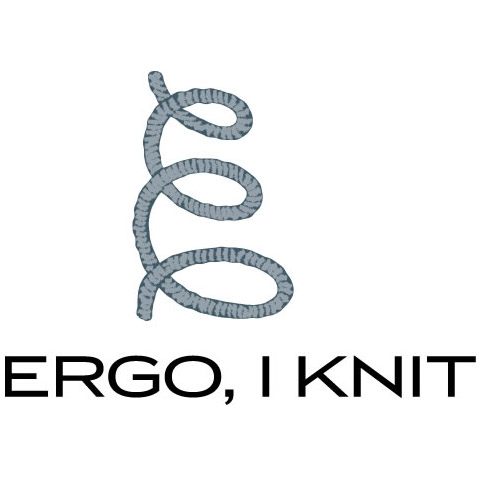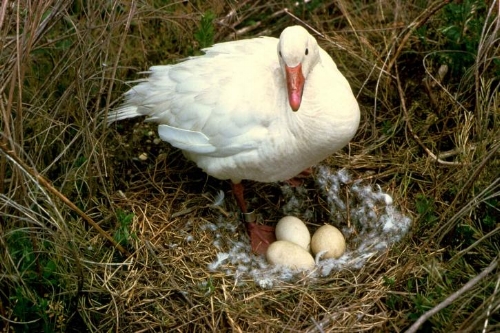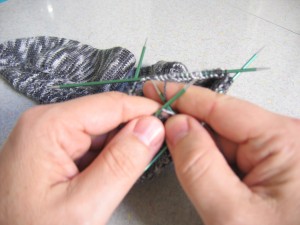Don't you hate it when you get a song stuck in your head? For the last two days I've had Hold Your Head Up stuck in mine. Not the Macklemore song. No, I've got the ubiquitous 1972 Argent anthem stuck in there. I was in junior high school. This song was a staple for every cover band that ever played a high school dance through out the 70's. If you wanted to be cool you had to like this song. Whenever it started to play the cool kids instinctively bobbed their heads in rhythm with a feigned lack of self-consciousness and a false sense of bravado. Party on! I wasn't much of a rocker when this song debuted. Who am I kidding, I've never been much of a rocker. But I remember listening to the 8-track tape in the back of my cousin's RV when we were on summer vacations in upstate New York. Oh yeah, baby! Green shag carpet, contact paper that looked like wood covering the cabinets that doubled as a twin bed for three of the kids, and 8 track tape players in the front cab and the back. When the grown ups were gone we'd listen to the rock 8 tracks, and play Pitch. Bitchin'!
I used to know someone who could plant a song in your head just by saying he was going to do it. In fact he called it "planting" and it was his super power. He had a gift for the power of suggestion. But that's now how this song got stuck in my head. I think it's there because I woke up a couple day ago with neck pain. Trust me, there's a reason we call annoying things 'pains in the neck'. Neck pain is a pain in the neck. You can tell them I said so.
"But I know I'm not alone", he said bravely as he looked out over the horizon toward the rising sun. Indeed not. Studies have shown that 5 in 1000 people over 50 have symptomatic spinal stenosis. Stenosis is a narrowing of the spinal canal (which houses your spinal cord) or the lateral foramen where the nerve roots exit as they begin their journey to your (in the case of cervical nerves) arms, and hands. The narrowing can be the result of a number of causes. These include thickening of ligaments within the spine, osteophytes (bone spurs) along the margins of the vertebrae, bulging spinal discs, and thickening of the cartilage that line the joints of the spine. Studies that looked at the incidence of spinal stenosis in asymptomatic individuals have shown up to a 35% occurrence in subjects under the age of 30 years. Yowzah! Keep in mind that these folks didn't have symptoms which suggests that many people are stenotic and just don't know it. Hopefully they never will. The symptoms that stenosis can create range from joint stiffness, to local pain with movement, to irritation of the nerve root and the myriad symptoms of discomfort that can cause. If you'd like to read a scientific article about spinal stenosis and access the extensive reference list that it resulted from, then please have a look at this:
http://emedicine.medscape.com/article/1913265-overview
Spinal stenosis may be caused by trauma or genetics but it's clearly linked to the aging process; bad news for accident prone Boomers like me whose genes swim in a murky pool. Regardless of its origins, or whether or not you're symptomatic the research would indicate that it behooves us to treat these tunnels and canals with loving kindness and respect. After all your very nerves depend on it.
I can tell you from the biomechanical point of view that movement changes the amount of space in these tunnels. Looking up, bending to the side, and rotating your head narrows the space that nerve roots exit and creates tension along certain ligaments in the spinal canal. It also compresses the spinal facet joints on one side while it gaps them on the other. These movements can be painful depending on where the stenosis is located and what is causing it. Bending your head forward (flexion) compresses the front of the spinal discs causing their inner nucleus to move backward and to the side. This can contribute to narrowing of the space where the nerve roots exit and can be painful. It can also produce pain to the disc itself in the presence of pathology.
So why do we knitters and spinners give a wooly sheep's behind about this? Because most of us spend far too much time looking downward when we knit or spin! I totally get it. We feel this reliance on our vision to make sure our hands are doing the right thing. We're terrified that we'll drop a stitch and the Rapture will commence. We are sure that if we look away from our hands while drafting the wheel will spontaneously change its brake tension and globs of precious fiber will be yanked from our hands and wound into a twisted snarl on the bobbin. All the sheep will die. There will be no more yarn. Children will starve all over Europe. It will be dreadful!
My mission this year has been to get my students to stop doing this. And I've been pretty successful. Here's a group that attended a class earlier this year. They're not only walking while they knit (a feat I also taught them) but they're looking up as they do it. And they're in a beautiful Marin County forest. (I have a tough job.)


















